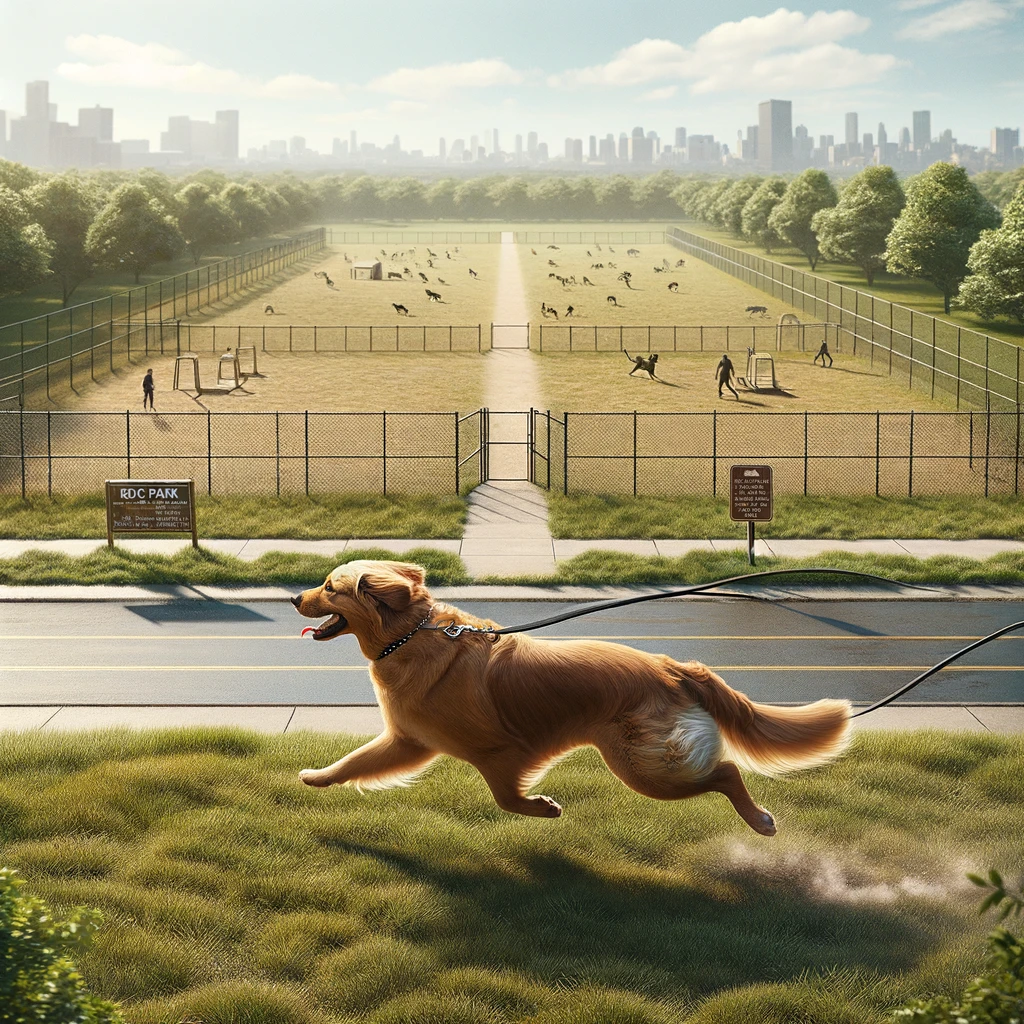
¶One common pet peeve that resonates with many urban dwellers and park-goers is the issue of people allowing their dogs to roam off-leash, especially when there is a designated dog park nearby. This situation not only challenges the norms of public space usage but also raises concerns about safety, environmental impact, and community relations.

Safety Concerns: The primary concern with dogs being off-leash in non-designated areas is safety. Dogs, no matter how well-trained, can be unpredictable. When not restrained, they can approach other dogs, children, or adults in ways that may not be safe. This unpredictability can lead to bites or other aggressive behaviors. For individuals who are afraid of dogs, an unleashed dog can be particularly threatening. This issue is exacerbated in environments close to designated dog areas, where the expectation is that owners will utilize those spaces for their pets’ free-roaming needs.
Impact on Wildlife and Environment: Another significant concern is the environmental impact of having dogs off-leash. Parks often serve as sanctuaries for wildlife and as ecosystems for plant life that can be sensitive to disturbance. Dogs that roam freely can chase wildlife, destroy plant life, and contribute to soil erosion. Moreover, there’s the issue of fecal contamination. Although many responsible dog owners pick up after their pets, the chances of oversight increase when a dog is off its leash and wandering out of sight.
Community and Social Relations: Allowing dogs to roam freely can also strain community relationships. Public spaces are shared by everyone, and community harmony relies on mutual respect for shared rules and boundaries. When dog owners disregard leash laws, it can create a sense of entitlement and disrespect, leading to conflicts among park users. This can be particularly frustrating in urban settings where green spaces are limited and highly valued by all residents, including those without pets.
Legal Implications: Most cities have ordinances requiring dogs to be on a leash in public spaces, except in designated off-leash areas. These laws are in place not just for the safety of the public and other animals but also to protect the dog itself from accidents or getting lost. Disregarding these laws can lead to fines and other legal consequences for the dog owners, which can be an unexpected and unwelcome expense.
Psychological Effects on Dogs: Interestingly, the issue also extends to the well-being of the dogs themselves. Dogs that are allowed to roam off-leash in undesignated areas may develop behaviors that are hard to manage. They might become territorial over public spaces, or they might learn to ignore recall commands, which can be problematic in situations where control is crucial for safety.
Solutions and Management: Solving this pet peeve involves a combination of community engagement, better signage, and more accessible dog parks. Cities can improve by ensuring that dog parks are well-maintained and appealing to dog owners. Clear signage and regular patrolling by park wardens or community officers can help enforce leash laws. Additionally, community education efforts about the importance of these rules can change norms and behaviors.
Furthermore, technology offers solutions such as apps for reporting leash violations or apps that direct dog owners to the nearest dog park. These tools can help manage the problem by providing alternatives and immediate solutions to dog owners who may not be aware of nearby facilities.
Conclusion: The frustration of dealing with off-leash dogs in areas where they should be leashed, especially near available dog parks, highlights broader issues of civic responsibility and public space usage. While it’s a challenge, it is also an opportunity for communities to engage with each other and with local authorities to foster safer, more enjoyable public spaces for everyone, including our four-legged friends. Addressing this pet peeve requires a balanced approach that considers the needs and safety of all community members, both human and animal.